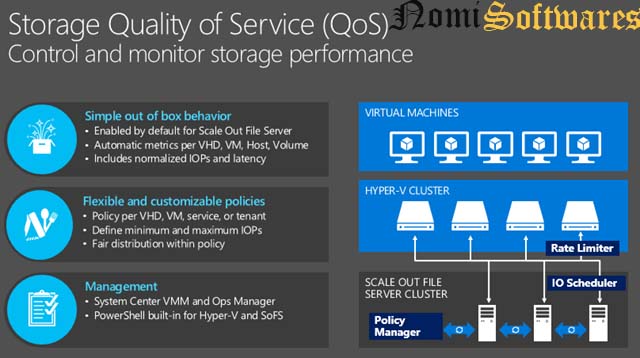


The domain migration should not be a problem. I'd suggest installing the hyper-v role (as only role) on host, then stand up two (or more) virtual machines for the various roles. I realize that 2016 is out of service, and server essentials was kind of an oddball version of server so any guidance here would be greatly appreciated. The hardware is more than adequate, so no concerns there. Will I need CAL's for each user that has an active account on the server, regardless of if they actually use the server itself? Or only the two of us that actually access the server itself?ģ) Are there any other licensing requirements and/or incompatibilities that i should be aware of doing an upgrade such as this? I really want to upgrade this server so that i can utilize Azure services but I do not want to do this upgrade, only to find out that my server is no longer usable. (everything else i use the server for (sql, dns, group policy, hyper-v) will be unaffected when reviewing the 2022 feature list)Ģ) Only me and one other admin physically log into the server, however there are several other AD user accounts, whose files are stored on the server and are accessed via other workstations which are manage with group policy. This is as far as I chose to go with the installer.ġ) Will I lose any functionality going from 2016 essentials to 2022 standard? Since the server currently acts as local domain controller.all username are like ".local" - that said, we do have a verified domain name that i intend to connect with Azure AD once the upgrade is complete, but i cannot connect or migrate anything with server essentials. And the installer validated the license, so it seems the license is valid and it technically will do an in-place upgrade.


 0 kommentar(er)
0 kommentar(er)
